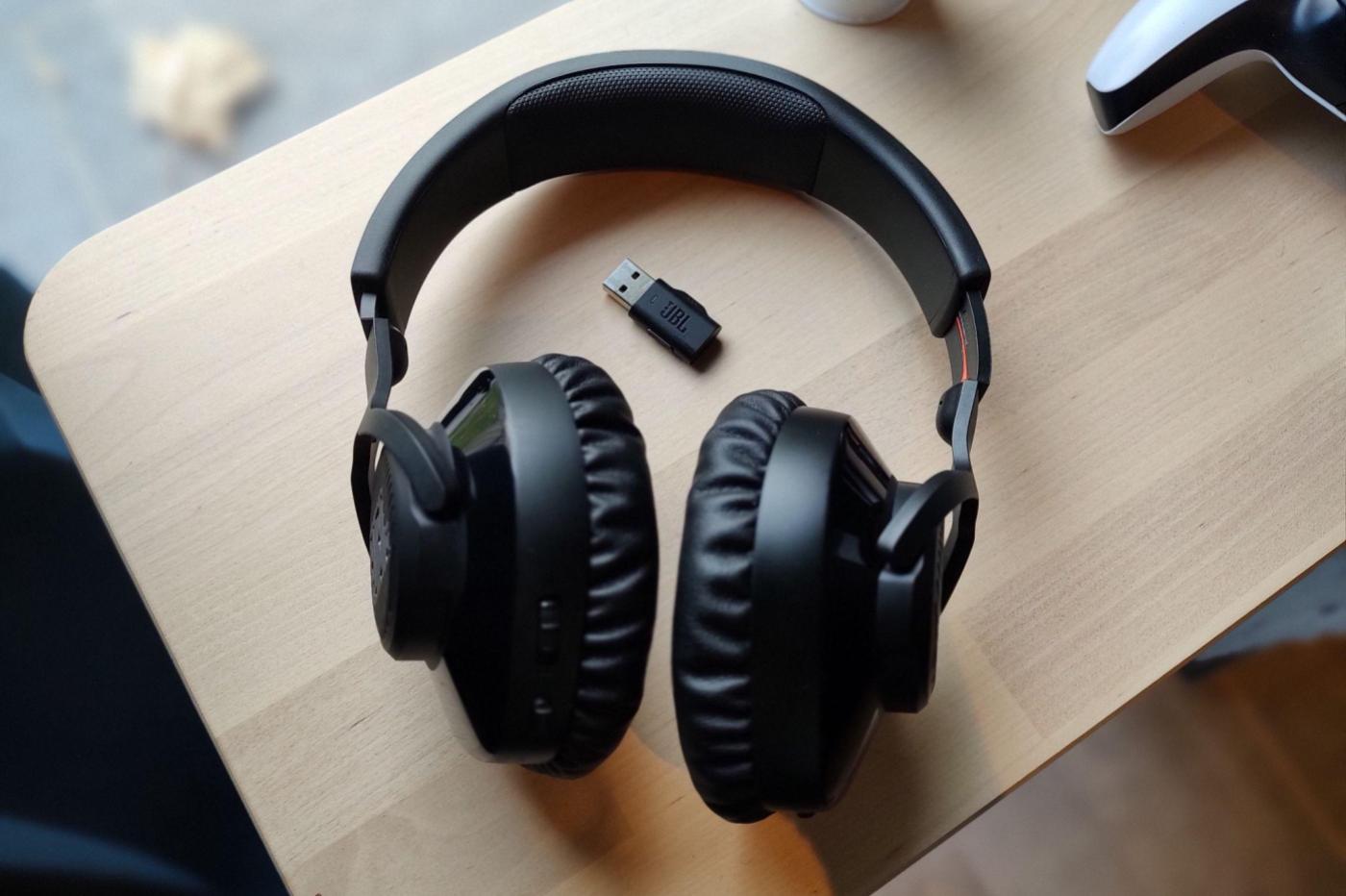
If for almost a decade the main telecommunications companies have trusted part of their future to 5G (especially in industrial environments), at MWC 2023 they are already beginning to talk almost without complexes about the benefits that are expected What 6G will bring to businesses by the end of this decade, or by the mid-2030s.
Few companies, however, speak openly about this intermediate step, the standard for wireless communications that Huawei commercially presents as 5.5G and which is expected to give a lot to talk about from 2025. But while that happens, the Asian multinational has taken advantage of the show in the Catalan capital to show some of the potential benefits of a technology that, at least in theory, is already just around the corner.
In this sense, the company has highlighted five of its key features of the new 5.5G stage: 10 Gb/s data transmission, IoT in all scenarios thanks, for example, to passive tags, integrated detection and communication, lower latency and lower energy consumption. All this means that the company has ensured that “the 5.5G era provides network operators with performance up to ten times higher than 5G”.
Although the increase in speed is one of the most outstanding characteristics, for companies it may be more interesting the fact that this type of network enables IoT deployments that go from 10,000 million sensors connected to 100,000 million, at the same time that the Latency is reduced by ten magnitudes, exponentially multiplying the precision of the positioning of objects and the reliability of data transmission.
Among the applications that can benefit from this new stage of connectivity, Huawei highlights the (once again) development of the metaverse and other augmented realities, the implementation of larger and more efficient private 5G networks (the company expects that by 2030 it will pass from the current 10,000 to a million) or a greater capacity to analyze and process data in real time, either in the data center, or in the new IoT clouds that will begin to become popular in the coming years.
Equally interesting are future detection, communication and response scenarios, which could allow operators new critical services. In this sense, the Chinese multinational assures that, for example, 5.5G networks with detection capacity can be widely used in scenarios such as smart city road traffic services or perimeter detection in large infrastructures such as an airport, which makes the urban infrastructure more efficient and intelligent. For example, in rainy or foggy weather, 5.5G networks can automatically detect obstacles or road abnormalities and notify drivers via maps in their cars one kilometer in advance, making transportation safer. .
Ultimately, 5.5G feels less like an evolution of standard (such as the transition from WiFi5 to WiFi6) but a small great revolution with the potential to definitively push the development of industry 4.0. The only dark clouds that can be seen on the horizon arrive, however, in the form of implementation projects with costs that, to a large extent, continue to slow down the development of current 5G in many scenarios. The future is already here, waiting for you to want it.



